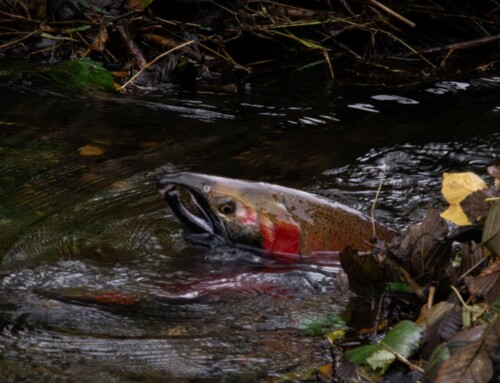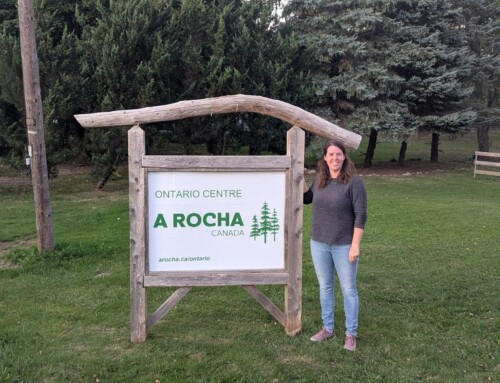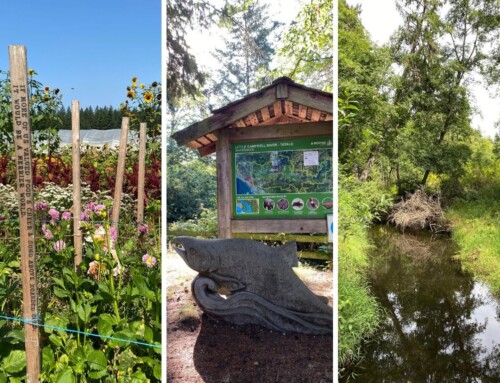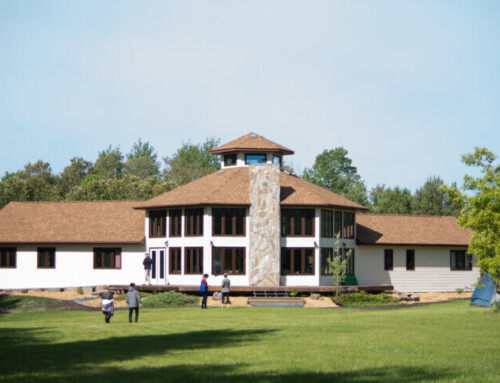
Slime molds and fungal species in and near Brooksdale forest biodiversity plots
Authors: Corey Bunnell, Fred Bunnell, and Anthea Farr.
The world would be different without mosses, lichens or people, but it would not stop. Without fungi and bacteria, the world would be gradually covered with organic debris that would not rot. Plants making food would be crowded out or buried. The simple compounds that plants absorb are products of fungal digestion. Surviving plants would find it much more difficult to acquire water and any nutrients left in the soil. Virtually all rooted plants (ferns, conifers and flowering plants) rely on fungi for effective root function. It is not just the terrestrial environment that would be utterly changed; marine fungi play roles similar to their counterparts on land. Beyond all that are the uses we make of fungi directly.
Our direct uses of fungi are almost as diverse as the fungi themselves. It is likely that hundreds of millions of us have benefited from penicillin and its derivatives or from fungal-based adjuvants to cancer therapy. Most of us enjoy fungi as tasty morsels themselves, or through their contribution to other products – bread, tempeh, dumplings, soy sauce, Stilton or Roquefort cheese and a delightful range of alcoholic drinks. We’ve learned how to use some in pest control and others to produce industrial chemicals like citric, gluconic, lactic and malic acids, or industrial enzymes, such as the lipases for detergents, amylases, cellulases, invertases, proteases and xylanases. They even contribute to the production of stonewashed jeans. Their ability to disassemble almost anything permits them to degrade insecticides, herbicides, pentachlorophenol, creosote, coal tars and other undesirables into CO2, water and basic elements. They even appear capable of biomineralizing uranium oxides.
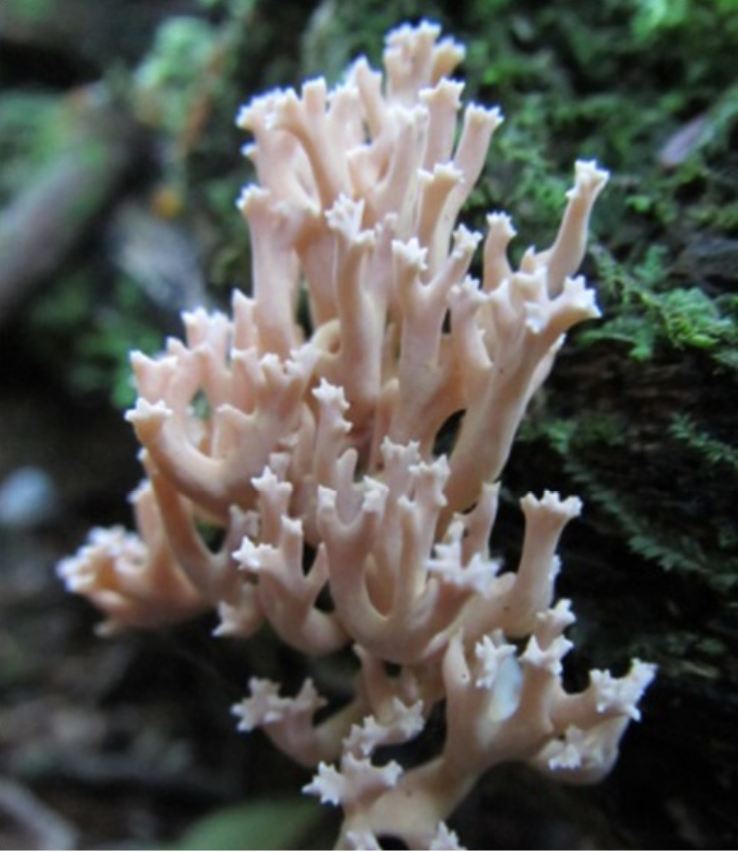
Fungi make their living in three broad ways: as parasites (feeding on living things), as saprobes (feeding on dead things) and in mutually beneficial mycorrhizal relationships with mosses and rooted plants. For each species encountered in the survey, we note which broad way of living it uses. The parasitic fungi can be pathological to whatever they feed on, including us. Those in the forest, however, are doing some good. Although they kill and damage trees, polypores are absolutely indispensable to the forest and many of the creatures living there. They are the major group of wood-rotting fungi. Without them, large areas would be buried in accumulated wood. In living trees, the heartwood or dead tissue in the centre of the trunk is more susceptible to attack than the sapwood of living tissue just inside the bark. Often, the only visible clue that something is removing a tree’s innards is the fruiting body of the fungus on the outside (conks and bracket fungi).
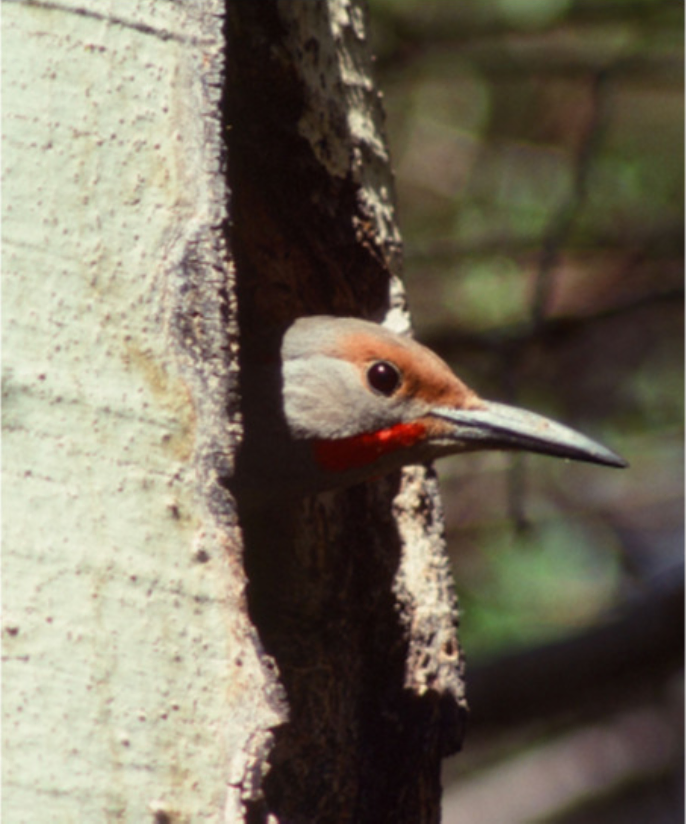
Figure 1. This Northern Flicker is raising young in an aspen that has experienced heart rot (photo credit: F. Bunnell)
The fungi can digest sufficient heartwood that the tree breaks or dies, but the tree fights back and living sapwood often walls off the heartwood. That creates the perfect, and often only, opportunity for our larger cavity-nesting birds, such as the Pileated Woodpecker and Northern Flicker who can pound through the sound sapwood and create a nesting cavity for themselves and the more numerous secondary cavity users in the rotten heartwood. In the Pacific Northwest, there are 67 vertebrate species that rely on cavities; only 22 of these excavate their own (Bunnell 2013). Some, like the fisher, need cavities too large to be excavated by woodpeckers; they rely on heart rots (Figure 1).
Most fungal species are saprobic; as a group, they are capable of decomposing anything organic, including dung, carcasses, your toenails and shower curtains. Many saprobes are not capable of killing anything, but will digest anything killed by their pathological relatives. Without fungi breaking down dead plant and animal matter, carbon and other molecules essential to life would be locked into molecules too big for plants to absorb. Fungi break large organic molecules into simpler molecules, such as carbon and nitrogen, that can be absorbed. We tend to think of plants making food and animals eating food. Fungi do neither; they absorb food. They send parts of their body (hyphae) directly into their food, secrete chemicals that break the food down, then absorb the food directly into their cells. Organic compounds can be very complex, so it takes an entire suite of fungi and their enzymes to decompose wood, and other suites to decompose fur, feather, insects and dung. Brown rot fungi digest only hemicellulose and cellulose, leaving red-brown cubical blocks of lignin that bacteria then degrade.
Mycorrhizae (’fungus’ ‘root’) are mutually beneficial associations of fungi on or in plant roots. They aid almost all vascular plants in various ways, beginning by greatly increasing the surface area of the roots. One centimeter of root has about 3 meters of hyphae, greatly increasing the surface area for absorption of water and nutrients. A cubic centimeter of soil may have 1 kilometer of mycorrhizal fungal hyphae in a loose weft of 300 cm2 of fungal surface area interfacing with the soil (Figure 2). Through this surface area, the fungus actively and selectively absorbs minerals (especially phosphate ions) that the plant needs and transfers them to the plant, while excluding toxic metal ions that the plant does not need or want.

Figure 2. Mycorrhizal fungi. (Shrestha 2009)
The fungus also secretes growth factors that stimulate root growth and branching, as well as antibiotics that protect the root from pathological bacteria and fungi. It’s a war out there; the root is living in a world filled with dangerous chemicals, bacteria, fungi and wee animals. The root needs all the help it can get. Mycorrhizal fungi are plants’ friends, critical to the health, growth and function of roots. For their services, fungi receive energy as carbohydrates from the host plant.
A Rocha Canada Conservation Science Series Contributors:

Fred Bunnell

Corey Bunnell




